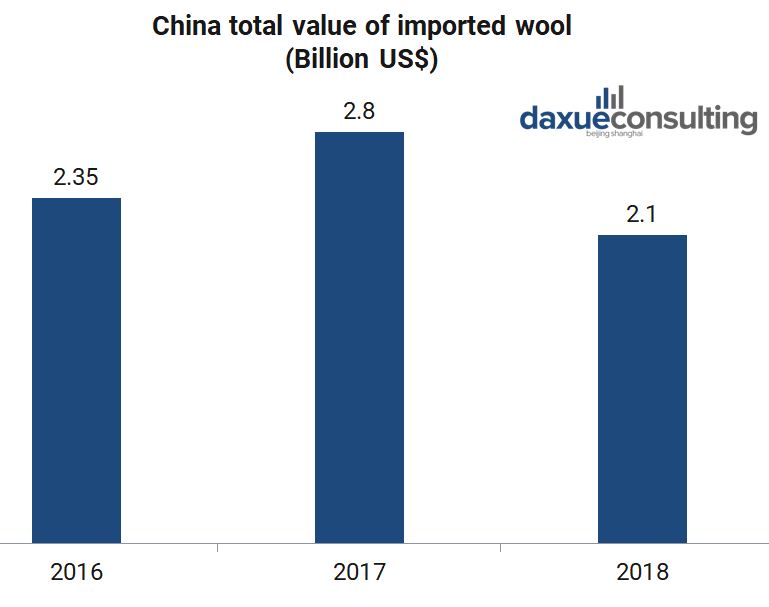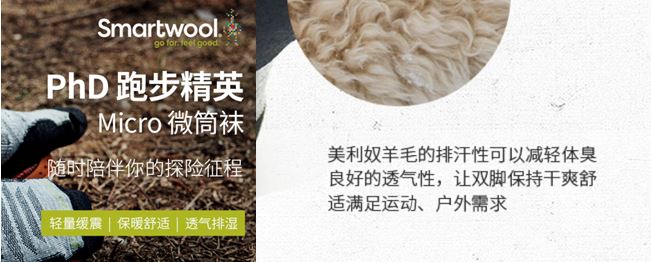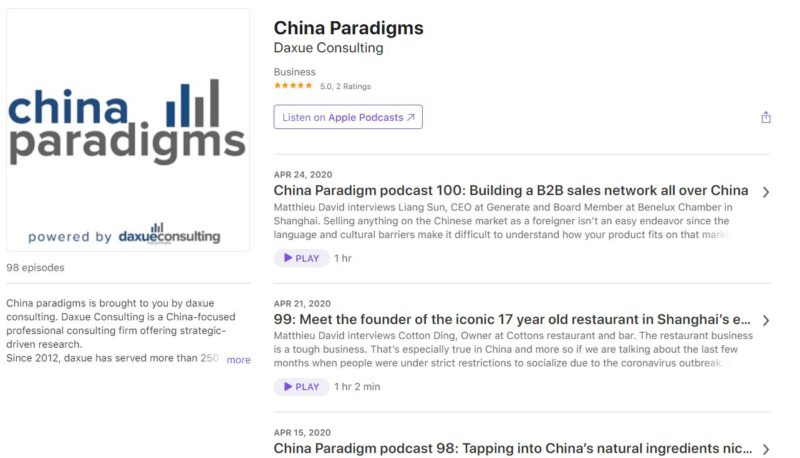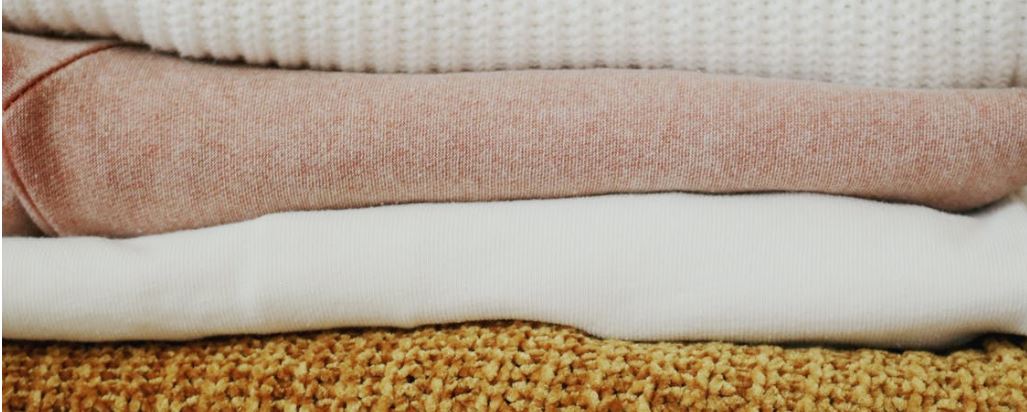From 2016, China replaced Australia to become the biggest supplier of wool materials. However China still imports Australian wool due to the high market demand and policy changes. As the world’s main supplier of wool, the wool output accounts for more than one-third of the global total, of which merino wool amounts to more than 600,000 tons annually, or more than 40% of the world’s fine wool output. Although Australia still has the largest number of sheep in the world, the future output may drop dramatically as the main pastoral areas in Australia were impacted by the drought. This, in turn, impacts the merino wool market in China.

Data source: ASKCI, An analysis of the growth of China’s wool import volume and amount from January to July 2018
Among the different types of wool, Australia Merino wool is the most well-known and prestigious. Australian Merino wool is much better than traditional types of wool because it is comfortable on the skin and can regulate the body temperature. Furthermore, it has a natural antibacterial protein that keeps the hair from accumulating odors. All these qualities make Australia Merino wool stand out from other types of wool materials.
Future developments in China’s merino wool market
According to the free trade policy, China increased the free-tax quota of Australia imported wool. In 2019, the total CTRQ is 36,936 tons of New Zealand wool, 665 tons of New Zealand wool, and 34,729 tons of Australian wool. Due to the currency uncertainty and trade friction between China and the US, the wool market in China could experience a slowdown.
The 10th Global Wool Summit in China delivered two messages to the wool market in China, especially for Merino retailers. First, the Merino fine wool (美利奴细支毛) price increased sharply in 2018 and will continue to increase due to the market demand and quality. Second, innovative design is the key to push the development of the wool market. For instance, wool is also now used in sportwear. Sportswear requirements differ from fashion apparel and fibers are often blended to utilize the combined effect of two or three fibers, a typical example will be wool, polyester and elastomeric fibres.
Making wool available for sportswear and underwear
AClink International Pty Ltd
Creative design and technology make wool a trendy material for sportswear. Two brands in particular that produce these kinds of wool athletic clothing have become popular in China. AClink International Pty Ltd holds the largest wool products factory in Australia. It has established a mature supply chain that includes importing, wool cleaning, carding, dyeing, spinning and weaving. The Auzwool Family, a subsidiary of AClink, produces a series of wool-made products that used innovative technology that allows them to produce wool T-shirt.
According to the interview, the founder Kim Tang says the standard wool products can keep the body warm however the fine wool can adjust the body temperature and make the wool feel light and breathable. This series also contains sportswear, socks and scarves. In terms of design, Auzwool chooses to corporate with famous designer Amy Jones. Moreover, Auzwool very focuses on innovation. It uses different kinds of fibres, such as Possum and Alpaca to blend with Merino wool to diversify the product. As of 2020, Auzwool has a 50% market share of China’s Australian wool products market.
Particle Fever
Particle Fever is a Chinese designer sportswear brand. Collaborating with The Woolmark Company, the exclusive Merino wool athleisure collections are designed to be worn during a workout as well as outside the gym. Under the theme of Fitness x Fashion, the Helen Lee and Particle fever collections are available exclusively in Lane Crawford stores across China and Hong Kong and the campaign also features Chinese supermodel and fitness enthusiast He Sui.

Source: Sohu.com, Particle Fever’s athletic clothing in China
Merino wool sportswear e-commerce marketing
Decathlon and Smartwool were ranked the first and the second in the research results for ‘Merino wool sportswear’ on Tmall.

Source: Decathlon Tmall shop
The keywords are breathable, soft touch, anti-ordor. Smartwool, an outdoor American brand, also frequently mentioned about the idea of breathable fibre and anti-ordor characteristics of merino wool.

Source: Smartwool Tmall shop
Other than product description and perks of Merino wool, Naturehike and Handragon both include diagram explaining what it is, while other brands seem to generally promote where it is from, the design, why Merino wool is good (dry, anti-odorl, warming, anti-UV). Naturehike and Handragon also has more than 50% Merino wool in that specific product.
Challenges and opportunities of Merino wool market in China
There are several reasons China’s merino wool market relies heavily on imports from other countries. First, China has a limited amount of sheep. The price of the Merino sheep is usually very high, and the output of wool is less than other sheep breeds. The second reason is the lack of technological support. Chinese farms have less knowledge and experience in the wool industry than Australian. As a result, with less professional farmers to organize the breeding areas, the yield is lower quality. On the other hand, this is good news for Australian wool producers who want to enter China’s merino wool market. However, the quality and output of merino wool are influenced by the weather, market price, and stock.
Top 5 merino wool exporting countries had a significant decrease in output in 2018 and 2019. Producers from Australia say the drought has a very negative impact on the output of wool, and many farmers need extra funds to deal with the drought. The wool price was push higher than other competitors such as Uruguay. The output of Australian wool in 2018-2019 was the lowest in 90 years.
In contrast, Uruguay increased its wool output in the last two years given the stable weather condition. Wool farms in Uruguay also have improved their technology that enables buyer to trace back the origins of the products. This not only guarantees the quality but also increases the competitiveness of Uruguay wool worldwide as it is traceable and certified.
Additionally, environment policy sometimes contradicts with wool production. For instance, “one billion trees” is a political slogan by New Zealand government in 2019. This programme aims to be achieved by 2028. One billion trees programme may hinder wool production as ranches convert to forests.
Listen to 100 China entrepreneur stories on China Paradigms, the China business podcast
Listen to China Paradigm on Apple Podcast






